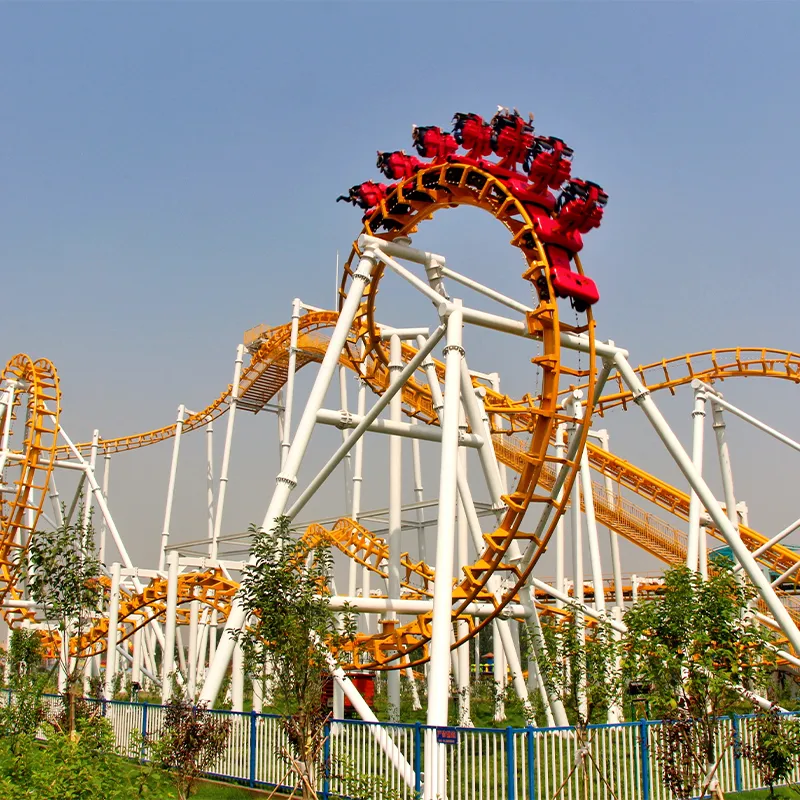- Albanian
- Arabic
- Belarusian
- Bengali
- Czech
- English
- French
- German
- Hebrew
- Hungarian
- Indonesian
- irish
- Italian
- Japanese
- kazakh
- Persian
- Russian
- Thai
- Uzbek
- Vietnamese
drop tower design
Introduction to Drop Tower Design
Drop towers are fascinating structures used in various fields, particularly in physics, engineering, and aerospace research. They provide a unique environment for conducting experiments in microgravity or free-fall conditions. The design of a drop tower is crucial for ensuring that it meets its intended purpose while maintaining safety and efficiency. This article explores the fundamental principles of drop tower design, their applications, and the challenges engineers face in their development.
Principles of Drop Tower Design
At its core, a drop tower consists of a vertical shaft from which a payload is released. The height of the shaft determines the duration of free fall experienced by the payload, which is essential for microgravity experiments. Typically, drop towers range from a few meters to over 100 meters in height, with longer towers providing longer periods of microgravity. When designing a drop tower, engineers must consider several critical factors, including the materials used, structural integrity, and the safety of both the payload and the equipment involved.
One primary consideration in the design of a drop tower is the mechanism for releasing the payload. This can be achieved using various systems, such as pneumatic systems or electromagnetic launchers. The release mechanism must be precise to ensure that the payload enters free fall at the correct moment. Furthermore, a recovery system is required to retrieve the payload after the drop. This system can include nets, cushioned landing pads, or even automated retrieval mechanisms that safely bring the payload back to the ground.
Applications of Drop Towers
Drop towers have a wide range of applications across different fields. In aerospace research, they are used for testing materials and components under conditions that simulate those experienced during spaceflight. For example, scientists can use drop towers to study the effects of microgravity on biological samples or the behavior of fluids in space.
drop tower design

In addition to aerospace applications, drop towers are also valuable in educational settings. They provide a hands-on learning environment for students studying physics and engineering. By conducting experiments in a controlled setting, students can observe the principles of gravity, motion, and inertia in action.
Moreover, the rapid advancements in technology have led to innovative applications of drop tower designs
. For instance, researchers are exploring the use of drop towers for conducting experiments related to particle physics and material science. The ability to create microgravity conditions for a brief period allows scientists to observe phenomena that would be impossible under normal gravitational conditions.Challenges in Drop Tower Design
Despite their many advantages, designing an effective drop tower presents a range of challenges. One significant challenge is minimizing air resistance during the drop. Engineers must optimize the shape of the payload and the internal environment of the drop shaft to reduce drag effectively. This involves careful aerodynamic considerations and potentially integrating vacuum systems to create an airless environment that prolongs the duration of free fall.
Additionally, safety concerns play a vital role in drop tower design. Ensuring that the structure can withstand environmental stressors, such as high winds or seismic activity, is crucial. Furthermore, the recovery system must be foolproof to prevent damage to the payload and ensure the safety of personnel involved in the operation.
Conclusion
In summary, drop tower design is a complex but rewarding process that involves careful consideration of various factors to meet specific research needs. From aerospace testing to educational applications, drop towers have proven to be indispensable tools in the scientific community. As technology continues to evolve, new challenges and opportunities will arise, driving innovation in drop tower design and enhancing our understanding of the universe’s fundamental principles.
-
Flume Ride-Hebei Zhipao Amusement Equipment Manufacturing Co., Ltd.|Thrilling Water Attraction&Customizable DesignJul.30,2025
-
Flume Ride - Hebei Zhipao Amusement Equipment | Water Coaster, Thrilling DescentJul.30,2025
-
Flume Ride - Hebei Zhipao | Thrilling Water AttractionJul.30,2025
-
Flume Ride: Thrilling Water Attraction by Hebei Zhipao|Log Flume Manufacturers&Flume Ride DesignJul.30,2025
-
Flume Ride-Hebei Zhipao Amusement Equipment Manufacturing Co., Ltd.|Thrilling Water Coaster, Safe DesignJul.30,2025
-
Flume Ride-Hebei Zhipao Amusement Equipment Manufacturing Co., Ltd.|Thrilling Water Attraction, Safe DesignJul.30,2025
